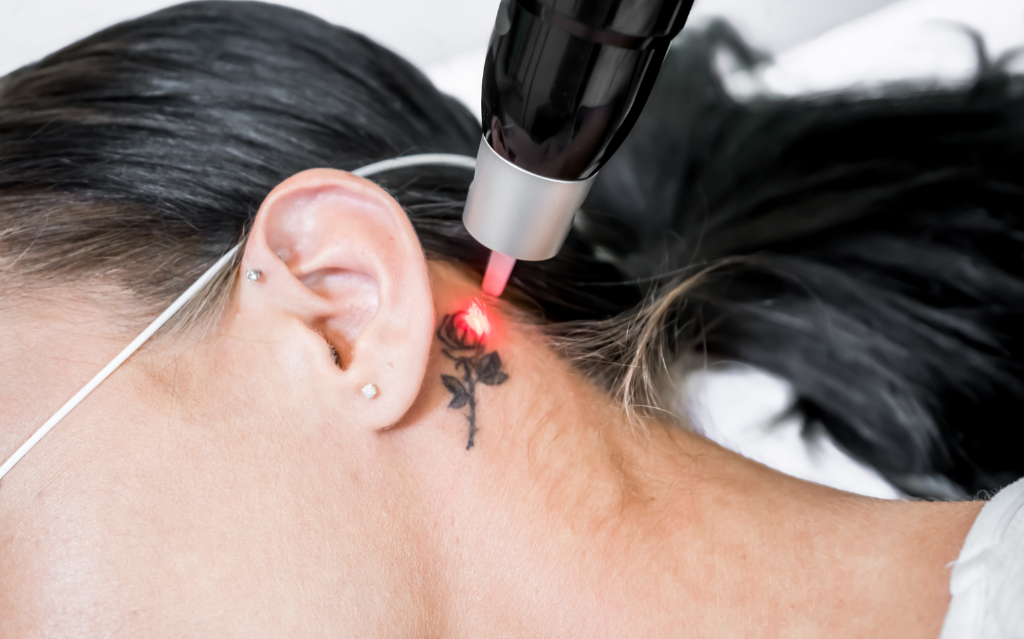
Tattooing is an ancient form of artistic expression that has accompanied humans for millennia, found in virtually every civilization at every latitude. This fascinating practice is part of many cultures and artistic movements, a growing popularity that has obviously attracted the attention of the scientific community as well.
In this article, we will explore the world of tattoos from a medical perspective, analyzing what we currently know about their effects, from immunological implications to potential related risks.
Tattoos and the Immune System
The process behind the practice of tattooing consisting of introducing permanent pigments into the skin through the use of needles. When the body senses the entry of these foreign bodies, it reacts through the immune system, which acts as if it were exposed to an “injury.”
The skin, the primary immune barrier, responds quickly by mobilizing defensive cells to initiate the healing process. Macrophages, immune system cells charged with engulfing and destroying foreign substances, attempt to dispose of pigments but these are too large and prove resistant to the process.
Studies on the subject have revealed that macrophages keep trying to break down pigment throughout their lifespan. When this comes to an end, the macrophage decays and the pigment is released only to be ingested again by a new macrophage in close proximity. This process can repeat itself throughout life.
The implications of this pigment accumulation in macrophages raise significant questions. It has been hypothesized that this “overload” may affect the capabilities of the immune system, but there are as yet no firm conclusions on the subject.
Health Risks Related to Tattoos
While interactions between tattoos and the immune system are still a topic of study and debate, there are a whole range of established potential health risks associated with this practice.
- Allergic reactions and skin sensitivity. Some individuals may develop allergic reactions to pigments used in tattoos. Substances such as nickel, mercury or other metals can cause skin irritation, redness and swelling. Individual sensitivities to these substances may vary, but it is critical to be aware of the possibility of adverse reactions.
- Infections. The risk of infection is always present when dealing with skin wounds. The tattooing process involves puncturing the skin, creating a gateway for bacteria and other pathogens. Hygiene during tattooing and in the later stages of healing is crucial to prevent infection.
- Inflammatory responses. The post-tattoo healing process can trigger inflammatory responses, which vary in intensity from person to person. However, in some cases, excessive inflammation may occur that requires medical attention. Closely monitoring the healing process and consulting a professional in case of abnormal symptoms is essential.
The regulatory landscape of tattoos
In 2015, the European Commission commissioned the European Chemicals Agency (ECHA) to assess the health risks of tattoo inks. After five years, ECHA proposed restrictions on more than 4,000 substances in tattoo inks, which came into effect in early 2022.
Currently, research focuses on cancer risks associated with tattoos, but the World Health Organization (WHO) stresses the current impossibility of determining whether tattooed people have a higher risk of developing cancers. Epidemiological studies on the long-term effects of tattoos continue to this day.
From a regulatory perspective, in the European Union, inks must comply with the latest regulations, with specific labeling on the packaging. Non-compliant inks are labeled “Not for use in the European Union.”


